Australia is Saving Coral Reefs Using 3d Printers – and Fish Are Already Moving In. See How They’re Already Making It Their Home
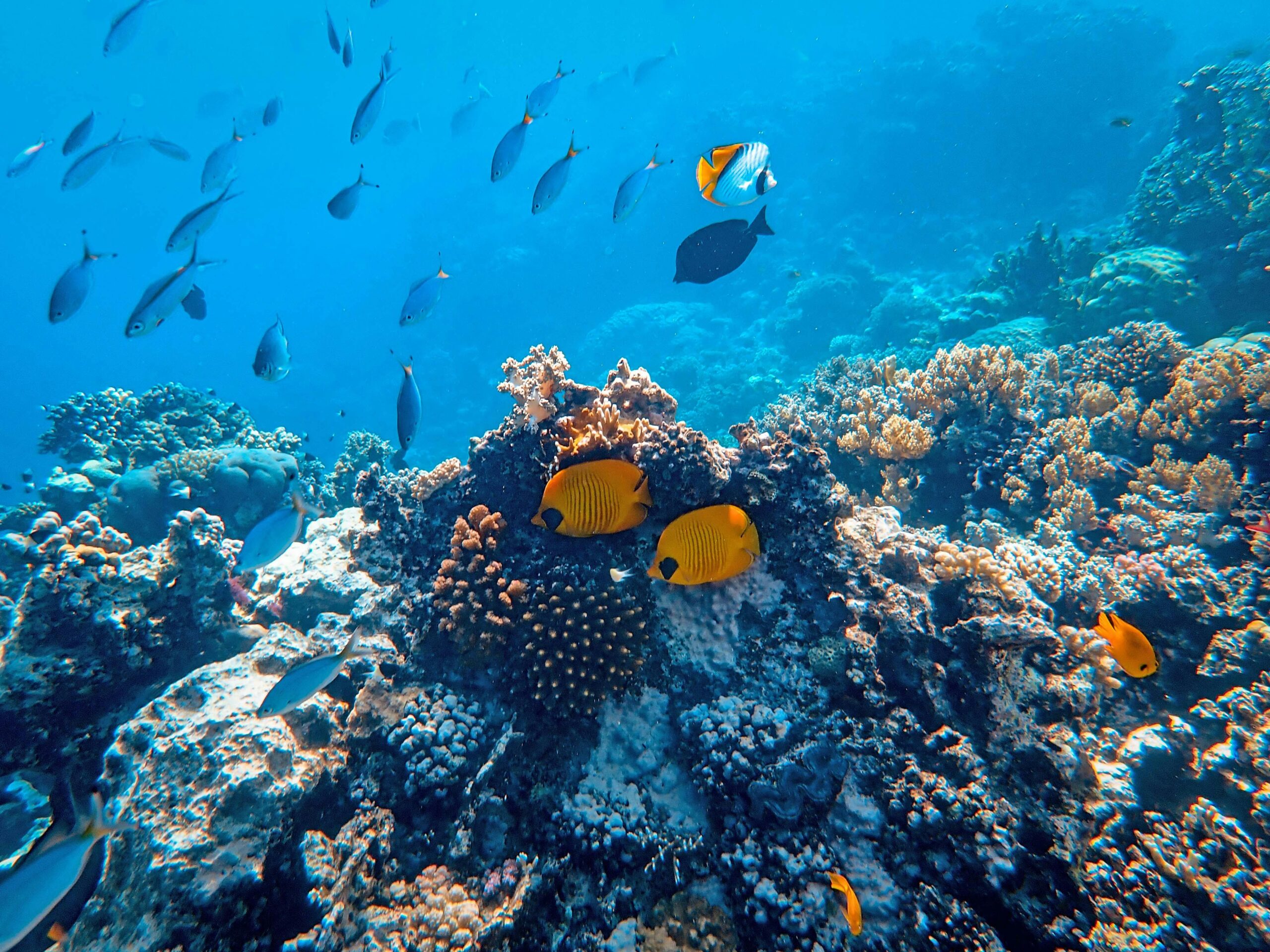
Imagine standing in a neighborhood reduced to rubble—no homes, no shelter, no signposts of life—only silence where once there was vibrant community. Now picture that devastation unfolding beneath the waves, where coral reefs—once the rainforests of the sea—are fading into ghost towns. Over half of the world’s coral reefs have disappeared since the 1950s, and in Australia alone, nearly 50% of the Great Barrier Reef’s coral died in just two heatwaves.
But where destruction leaves a void, innovation dares to fill it.
Off Australia’s coast, scientists are turning to an unlikely hero: 3D printers. With ceramic blocks designed like underwater Lego, they’re building homes for fish, one interlocking piece at a time. And the wildest part? The ocean is responding. Fish are already moving in. Coral is beginning to regrow. Nature is adapting to what humanity has created—this time, not out of exploitation, but restoration.
Could this be the blueprint for reviving life underwater? Let’s dive into the story of how Australia is printing hope—layer by living layer.
Why Coral Reefs Are in Crisis
Coral reefs are often mistaken for passive rock formations, but they’re very much alive—built by colonies of tiny organisms called polyps, each no larger than the tip of a pen. Together, these living architects create vast underwater structures that pulse with color and life. Though they cover less than 1% of the ocean floor, reefs support about 25% of all marine species. That’s roughly two million creatures—fish, mollusks, turtles, even sharks—finding shelter, food, and breeding grounds within their intricate architecture.
But this web of life is unraveling fast.
The Great Barrier Reef, Earth’s largest coral system, once sprawled vibrantly across more than 1,200 kilometers of Australia’s coast. In just two catastrophic years—2016 and 2017—it lost nearly half its coral to unprecedented marine heatwaves. And that’s just one reef. Globally, we’ve already lost over 50% of coral coverage since the 1950s, according to the journal One Earth. The decline isn’t just fast—it’s accelerating.
At the heart of this collapse is a phenomenon called coral bleaching. As ocean temperatures rise, even by just 1–2 degrees Celsius, corals become stressed and eject the symbiotic algae—zooxanthellae—that live inside their tissue. These algae not only give corals their brilliant color, but also supply most of their food. Without them, the coral turns ghostly white, loses its energy source, and becomes vulnerable to disease and death.
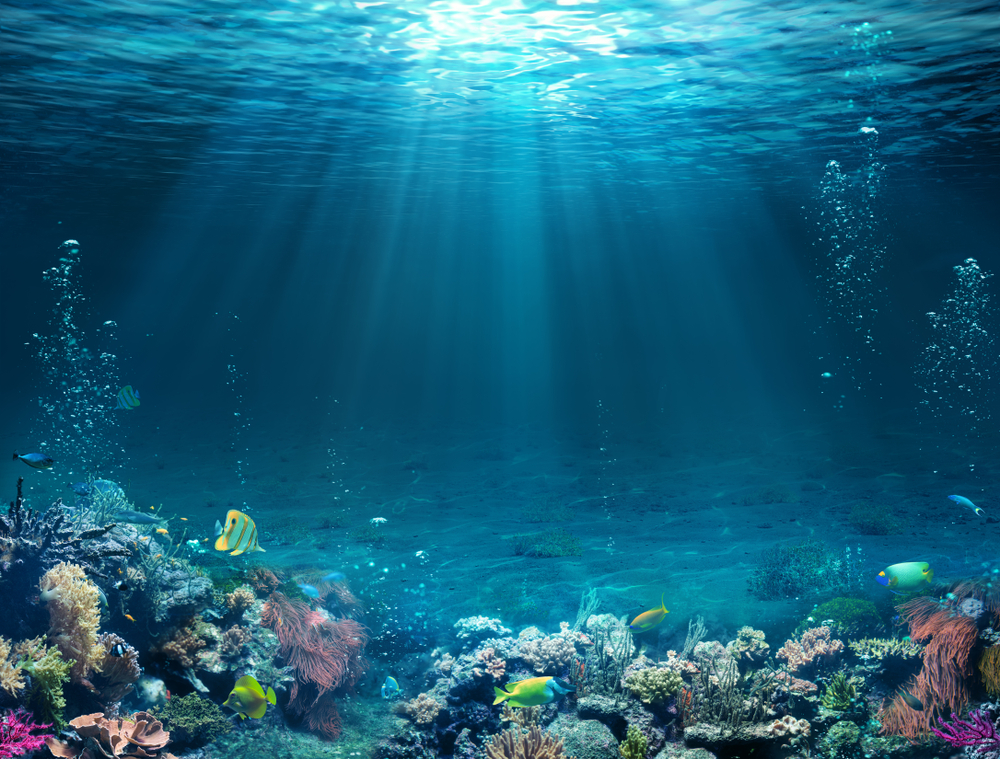
And bleaching events aren’t rare anymore—they’re becoming routine.
Since the first major bleaching was documented in the 1980s, the frequency and intensity of these events have surged. What once occurred in isolated episodes now strikes large reef systems across continents. And it’s not just heat: ocean acidification, pollution, overfishing, sediment runoff, and invasive species all pile on, creating a storm of stressors too powerful for many coral systems to endure.
The fallout goes far beyond marine life.
Coral reefs are natural defenders of our coastlines, absorbing wave energy and reducing storm surge impact. They support global fishing industries, protect shorelines from erosion, and generate billions through tourism. When reefs die, entire human communities lose protection, income, and food security.
This isn’t a distant problem. It’s here. It’s now. And it’s invisible to most of us because it’s happening underwater—out of sight, but never out of consequence.
How 3D Printing Is Reimagining Reefs
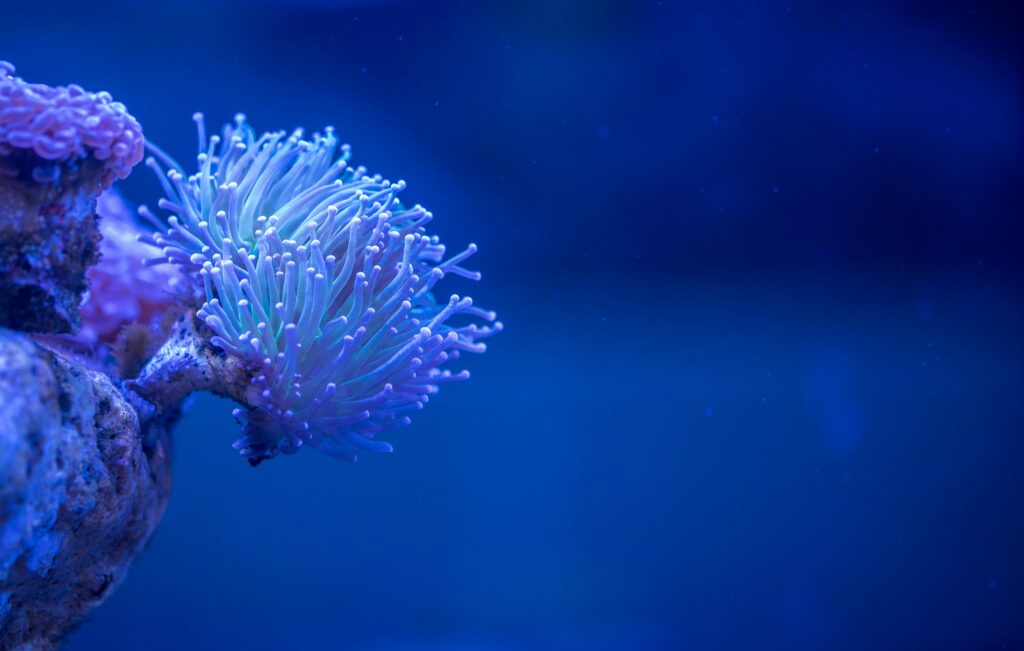
If coral reefs are the cities of the sea, then scientists and engineers have become their urban planners—only their blueprints are made not of glass and steel, but ceramic and creativity. In Australia, a groundbreaking project is unfolding where 3D printers are being used not to manufacture tools or toys, but to build the foundation of underwater life.
The innovation at the center of this movement is called MARS—Modular Artificial Reef Structure—developed by Reef Design Lab. Think of it as high-tech Lego for the ocean floor. Instead of pouring concrete blocks or sinking defunct ships, divers now piece together interlocking ceramic modules, designed with complexity and care to mimic the natural contours of real coral formations. The result? Structures that look and function like the reefs they’re meant to restore.
So why 3D printing? Because nature is detailed, and traditional methods simply can’t replicate the fine crevices, curves, and hiding spots that reef creatures depend on for survival. Using slip-casting and digital modeling, each ceramic unit is crafted with surface textures, holes, and caves that encourage coral larvae to settle and offer immediate refuge for fish, crustaceans, and invertebrates. And unlike concrete or steel, ceramic is chemically inert—it doesn’t leach toxins or disrupt the delicate chemistry of seawater.
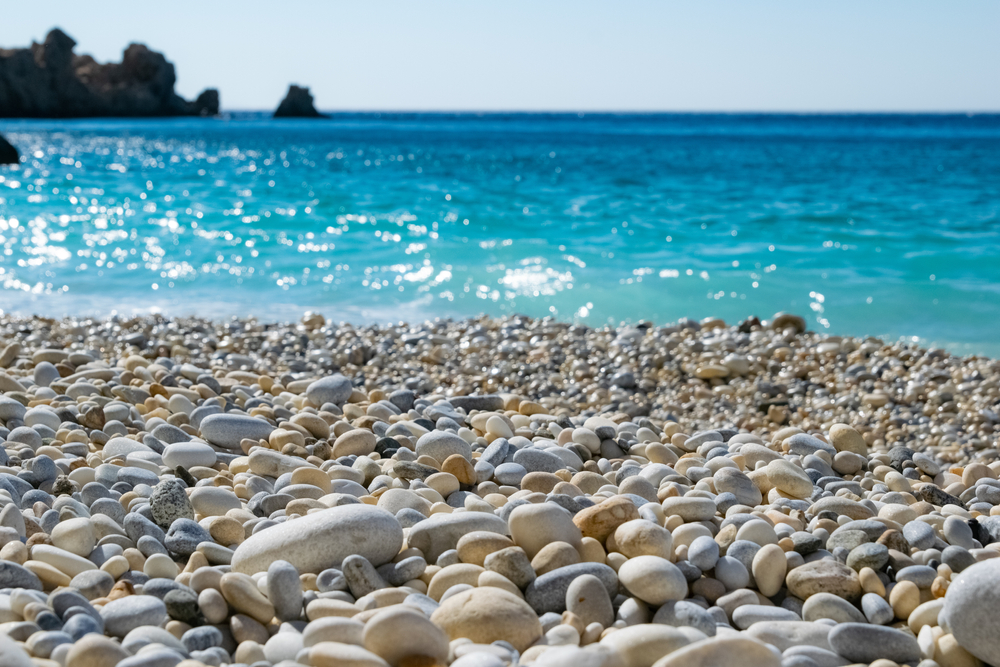
This isn’t just elegant design—it’s practical, too. Once printed, the lightweight ceramic shells are filled with marine-grade concrete and reinforced for stability. Because the system is modular, it can be transported by small boats and assembled underwater by divers, no heavy machinery required. That makes reef restoration accessible even to resource-limited coastal communities.
And it’s already working.
In test sites like Summer Island in the Maldives, marine life didn’t wait for an invitation. Fish began moving in almost immediately, claiming the crevices of the artificial reef as their new homes. Coral fragments transplanted onto the ceramic surface showed high attachment rates, and juvenile coral larvae began settling on their own. What was once a barren patch of seafloor became a growing community of life—because the architecture welcomed it.
These aren’t just artificial reefs. They’re intentional ecosystems, built not to replace nature, but to partner with it—to give corals and marine species a second chance at thriving in a world they didn’t break.
How Marine Life Is Thriving
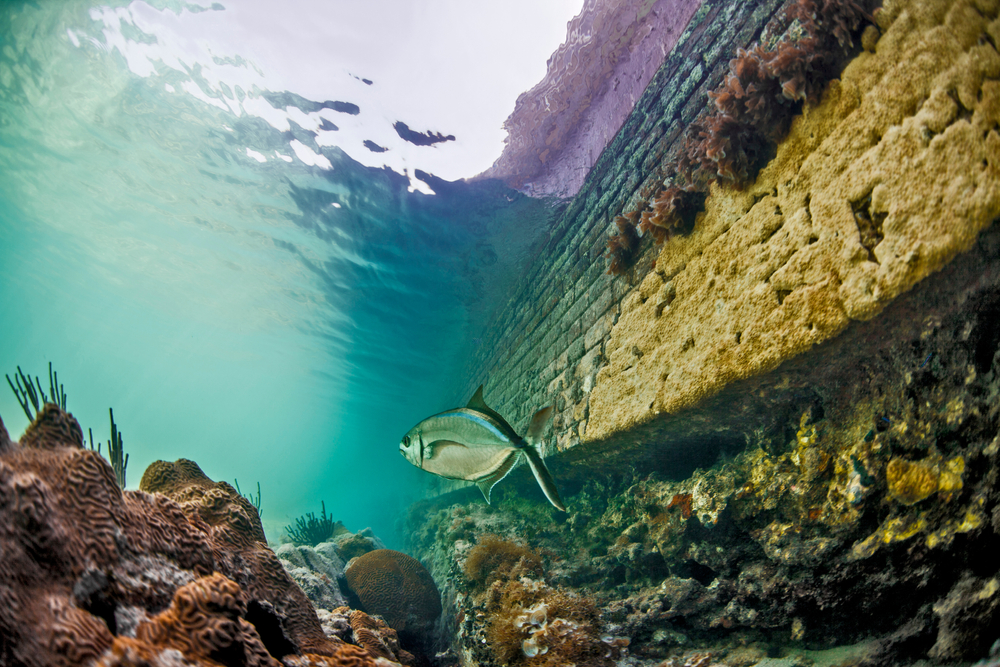
When you drop a lifeless structure into the ocean, you don’t expect it to come alive. But that’s exactly what’s happening with Australia’s 3D-printed reefs. Designed for function and fabricated with care, these artificial reefs are doing more than just sitting on the seafloor—they’re becoming vibrant ecosystems, teeming with life once again.
At Summer Island in the Maldives, the first major deployment site for the MARS system, marine life responded within days. Fish darted into the newly installed ceramic crevices, treating them not as foreign objects, but as natural shelter. Small, brightly colored reef fish took refuge in the nooks, escaping predators. Larger species used the artificial reef as a hunting ground, a meeting point, even a nursery.
Coral biologists observed something even more promising: natural coral larvae began settling on the 3D surfaces. These weren’t just transplanted fragments from nurseries—this was spontaneous recruitment, proof that coral polyps recognized the artificial reef as a viable home. Real coral, finding a place to begin again.
This success hinges on design. The architectural complexity of these structures mimics nature’s own: overhangs that create shade, textured surfaces that promote coral adhesion, and caves that serve as nurseries for young fish. Where traditional artificial reefs—like concrete blocks or sunken ships—often fail to recreate the intricacies of real reefs, 3D-printed versions succeed by honoring detail. That detail matters because biodiversity thrives on microhabitats. The more varied the terrain, the more species it can support.
In fact, scientists conducting long-term monitoring at installation sites have documented increased species richness around these printed reefs compared to degraded natural areas nearby. Sea turtles, rays, crustaceans, and swarming schools of fish now populate the waters where only sand once remained. These aren’t just habitats—they’re stepping stones toward ecological recovery.
Even better, these reefs are more than homes—they’re laboratories. Researchers use them to study coral resilience, settlement rates, and fish behavior. The data they gather helps refine future reef designs, identify heat-tolerant coral species, and optimize conditions for marine life recovery. Each reef becomes a living feedback loop, guiding the next wave of restoration.
Scaling the Technology Across Oceans

In the Arabian Gulf, where coral cover has plummeted from 50% in the 1980s to less than 1% today, a group called Reef Arabia is taking the concept even further. Partnering with Australian marine experts from Sustainable Oceans International, they’ve created over 750,000 artificial reef units across more than 70 countries. Their recent innovations use sandstone, a porous, pH-neutral material that closely resembles natural reef rock. According to team member David Lennon, this shift has improved coral settlement rates, providing a more welcoming home for drifting coral larvae.
Meanwhile, in Australia, Reef Design Lab—the team behind MARS—is expanding its efforts with the Living Sea Walls Project, installing 3D-printed coastal defenses that mimic the complexity of natural rocky shores. Instead of flat, lifeless seawalls, these textured barriers attract crabs, oysters, barnacles, and small fish. First launched in Sydney Harbour, the project has since reached the coastlines of Wales, Gibraltar, and Singapore. Its success earned a nomination for the Earthshot Prize in the “Revive Our Oceans” category in 2021—a nod to its global significance.
This wave of innovation isn’t just about saving coral; it’s about reshaping how we live with the ocean. In the Netherlands, Coastruction, a Dutch startup, is printing modular reef structures that double as coastal protection. Their mission isn’t to rebuild every reef on Earth—that’s impossible—but to “buy time” for struggling ecosystems and shield vulnerable coastal communities from rising seas. Their on-site 3D printers use locally available materials, like cement and sand, minimizing cost and environmental impact.
What connects these efforts is more than technology—it’s collaboration. Open-source reef designs are being shared across borders, enabling regions with limited funding to access cutting-edge solutions. Local training programs empower communities to assemble and maintain the structures themselves, turning restoration into a shared responsibility. And because these modules are scalable, communities can start small—a few reef blocks at a time—and expand as resources allow.
We’re witnessing a quiet revolution in ocean conservation, one built not with grand gestures but with careful design, local knowledge, and global cooperation. It’s a movement driven by the belief that nature and technology are not at odds—they are partners in healing.
Technology Is a Tool, Not a Cure

It’s easy to be swept away by the awe of it all—ceramic reefs rising from digital designs, fish returning, coral regrowing. It feels like a victory. And in many ways, it is. But let’s be honest with ourselves: 3D printing won’t save the oceans on its own.
These technologies are powerful, yes—but they are not magic.
They can’t cool rising sea temperatures. They can’t halt the acidification of our oceans, caused by our addiction to fossil fuels. They can’t reverse the centuries of pollution, overfishing, and reckless coastal development that brought us here. At best, they’re buying us time. At best, they’re giving fragile ecosystems a chance to breathe while we tackle the root causes.
As marine biologist Astrid Kramer put it, “I don’t believe we can rebuild all the coral reefs in the world. The scale is too big.” What we can do is protect key ecosystems, help vulnerable marine life hold on, and support the communities that depend on these reefs for survival—until broader, systemic solutions catch up.
This is where perspective matters.
MARS, Coastruction, Reef Arabia—these projects are not silver bullets. They are scalpels, not sledgehammers—targeted tools for precise intervention. And they work best when integrated into larger frameworks: marine protected areas, climate policy, carbon reduction commitments, community-led conservation.
They also serve as living laboratories. Every artificial reef is a site for studying coral resilience, testing heat-tolerant species, and improving future restoration methods. They are bridges between what we know and what we still need to learn. And they’re democratizing the process. By making designs open-source and training locals in assembly and monitoring, these projects are putting power back in the hands of the people most affected.
A Call to Reflect and Act
Somewhere off the coast of Australia, a damselfish swims into the hollow of a 3D-printed reef. It’s a space carved not by time or tide, but by human hands and minds—an artificial shelter, now a real home. That image, simple and profound, holds a deeper truth: when we build with intention, nature responds.
In an era where human activity has caused so much harm, there is something radically hopeful about the idea that we can also help heal. Not through grand, sweeping gestures, but through precise, thoughtful choices. Through technology that listens instead of dominates, and through design that mirrors nature rather than defies it.
The story of these 3D-printed reefs is not just about science—it’s about restoration, responsibility, and reconnection.
It’s a reminder that solutions don’t always have to be massive to be meaningful. A reef block here. A coral polyp there. A fish finding its way back. These are not small things—they are beginnings. And beginnings matter.
But this isn’t a feel-good ending. It’s a call to wake up and show up.
If reefs can be rebuilt, even in fragments, what else can we choose to remake? What else might begin to heal if we bring the same creativity, urgency, and care to other broken systems—on land, in the air, in our own communities?
The ocean doesn’t need us to be perfect. But it does need us to be present.
So let this be more than a fascinating story about underwater architecture. Let it be a reflection of what’s possible when we stop asking only, “What’s gone?” and start asking, “What can we still give back?”
Because sometimes, even in a dying reef, life finds its way home again—especially when we help lay the foundation.
Loading...

